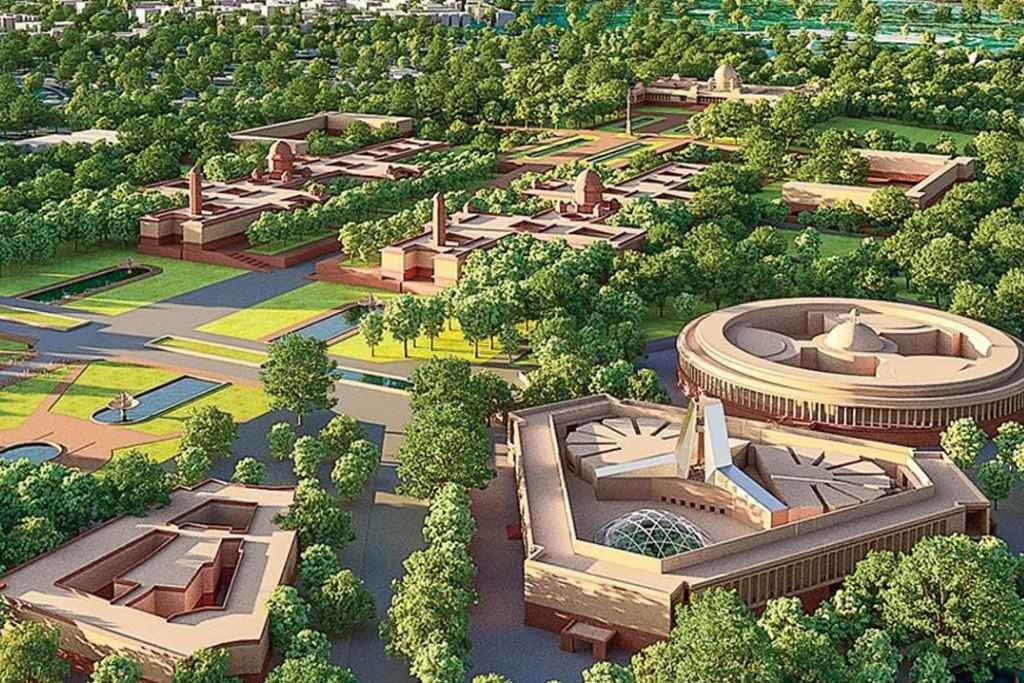History, Functions, and Significance
The Supreme Court Of India holds a pivotal role in the nation’s judicial system, with a rich history dating back to its inception. In this comprehensive article, we will delve into the functions, significance, and evolution of the Supreme Court, all while considering the impact of NLP and voice search on SEO.
Introduction
The (Supreme Court Of India), often referred to as the apex court, represents the highest echelon of the Indian judicial system.
Established on January 28, 1950, the Supreme Court of India has played a vital role in upholding justice, interpreting the Constitution, and ensuring the rule of law in the country.
- Advertisement -
As we explore its history and functions, we’ll consider how the use of natural language in content and optimizing for voice search can enhance its online presence.
The voice of justice in India. (This slogan highlights the role of the Supreme Court of India as the ultimate authority in matters of justice in the country.)

Read More : Supreme Court of India
History of the Supreme Court
The roots of the Supreme Court of India can be traced back to the Regulating Act of 1773, which marked the establishment of a Supreme Court in Calcutta.
It wasn’t until the Government of India Act, 1935, that the foundations of the modern Supreme Court were laid.
However, it was only on January 26, 1950, with the enforcement of the Indian Constitution, that the Supreme Court of India, as we know it today, came into being.
Key Milestones
-1773: The Regulating Act introduces the concept of a Supreme Court in Calcutta.
-1935: The Government of India Act paves the way for a federal court in India.
-1950: The Indian Constitution comes into effect, establishing the Supreme Court of India.
Understanding the Role of the Supreme Court
The [Supreme Court of India] is the apex court in the country, and it plays a pivotal role in upholding the principles of justice, democracy, and the rule of law. Here’s a closer look at what makes this institution so important:
Historical Evolution
- The [Supreme Court of India] traces its roots back to the Government of India Act, 1935, which established the Federal Court of India.
- It officially came into existence on January 26, 1950, when India adopted its Constitution, and the Federal Court was rename as the Supreme Court of India.
Structure and Composition
- The Supreme Court consists of the Chief Justice of India and a maximum of 33 judges.
- Judges are appointed by the President of India based on recommendations from the Collegium system.
Jurisdiction
- The Supreme Court has original, appellate, and advisory jurisdiction.
- It can hear cases on various matters, including constitutional issues, civil and criminal disputes, and appeals from lower courts.
Guardian of the Constitution
- The Supreme Court is the final interpreter of the Constitution, ensuring that all laws and government actions conform to it.
- It safeguards the fundamental rights of citizens and acts as a check on the powers of the executive and legislative branches.

Functions of the Supreme Court
The SCI has been vest with a range of functions, which primarily revolve around upholding the Constitution and ensuring justice. These functions can be summarize as follows:
1. Judicial Review
The Supreme Court has the authority to review the decisions and actions of both the central and state governments, ensuring that they align with the Constitution’s provisions.
2. Constitutional Interpretation
It plays a crucial role in interpreting the Constitution, resolving disputes on its interpretation, and clarifying the law of the land.
3. Civil and Criminal Appeals
The Supreme Court acts as the highest court of appeal for both civil and criminal cases, offering individuals the opportunity to seek justice at the highest level.
4. Protection of Fundamental Rights
One of the most vital functions is safeguarding the fundamental rights of Indian citizens, ensuring they are not infringed upon.
5. Advisory Jurisdiction
The President of India can seek the Supreme Court’s advice on important matters of public interest.
The Significance of the Supreme Court
The Supreme Court of India is more than just a legal institution; it’s a guardian of the Constitution and the rights of the people. Its significance lies in:
- Preserving Democracy: By ensuring the adherence to the Constitution, the Supreme Court plays a vital role in preserving the democratic fabric of India.
- Protecting Fundamental Rights: It acts as a sentinel to protect the fundamental rights of citizens, ensuring justice is served.
- Legal Precedent: The judgments of the Supreme Court set legal precedents, guiding lower courts and shaping the nation’s legal landscape.
SEO Strategies for the Supreme Court
In the digital age, it’s imperative for institutions like the SCI to optimize their online presence for search engines and emerging technologies like NLP and voice search. Here’s how they can adapt:
1. Natural Language Content
Creating content in a conversational and natural language style is essential. Using words like “you,” “I,” and “we” in online communications can make content more accessible and appealing to users, aligning with NLP and voice search trends.
2. Targeting Long-Tail Keywords
Considering that voice searches often take the form of questions or long-tail queries, optimizing for such keywords can improve visibility in voice search results. For instance, “How does the Supreme Court of India function?”
3. FAQ Section
Including a Frequently Asked Questions (FAQ) section on the Supreme Court’s website can address common queries. This not only caters to user needs but also aligns with voice search queries.

Frequently Asked Questions
To provide a more thorough understanding of the, let’s address some common questions:
Q1: How is the Chief Justice of India appointed?
- The Chief Justice of India is appointed by the President of India based on seniority among Supreme Court judges.
Q2: What is the retirement age for Supreme Court judges?
- Supreme Court judges retire at the age of 65.
Q3: Can the Supreme Court’s decisions be challenge?
- In most cases, Supreme Court decisions are final. However, under certain circumstances, review petitions can be filed.
Q4: How can I access Supreme Court judgments online?
- The Supreme Court of India provides an online portal where you can access judgments and other legal documents.
Conclusion
The stands as a symbol of justice and constitutional governance in India. Understanding its history, functions, and significance is crucial for every citizen. In the digital age, it’s equally important to adapt to changing SEO trends driven by NLP and voice search, ensuring that the Supreme Court remains accessible and informative to all.













